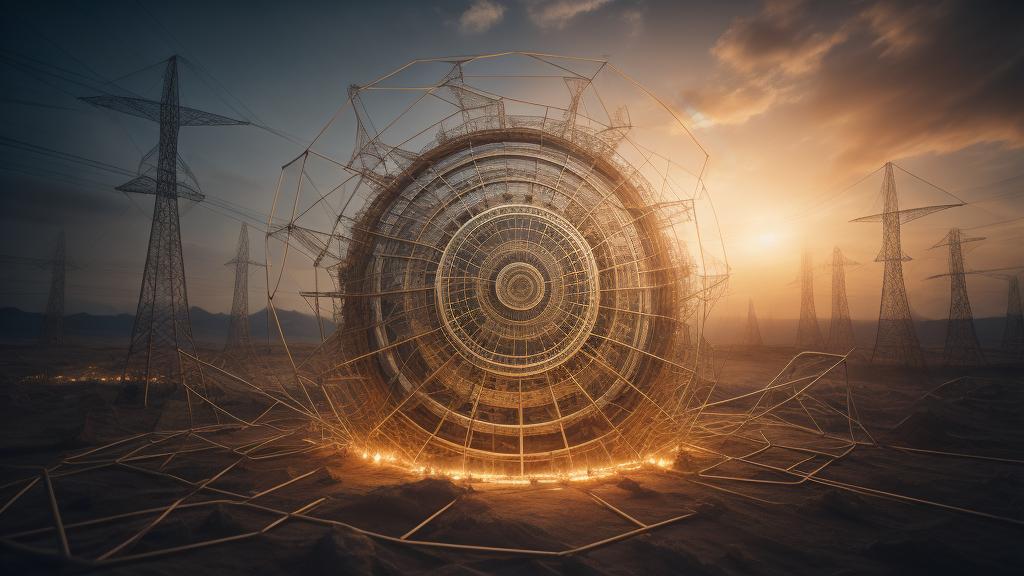In the race towards a greener planet, much of the limelight typically shines on renewable energy sources like solar panels, wind turbines, and hydropower. Yet, lying beneath the radar are the often overlooked but incredibly crucial innovations in power grid technology. These developments are silently revolutionizing the way we generate, store, and use energy, setting the stage for a more sustainable future.
For decades, the traditional power grid has relied heavily on fossil fuels to generate electricity, which is then distributed through a network of transmission and distribution lines. This century-old system, while reliable, is increasingly viewed as inefficient and inflexible for today’s diverse energy landscape. Transitioning to renewable sources demands smarter, more adaptive grid technologies.
Enter the realm of smart grids—a technological marvel that's bridging the gap between traditional infrastructure and futuristic energy needs. Unlike its predecessor, a smart grid utilizes digital communication technology to detect and react to changes in electricity usage. This dynamic adaptation enhances reliability and efficiency, reducing energy waste and operational costs.
One standout development in this area is Advanced Metering Infrastructure (AMI). These systems utilize smart meters installed in homes and businesses to provide detailed information on energy consumption. This data allows consumers to make informed decisions about their energy usage, leading to lower utility bills and reduced strain on the grid during peak times.
Another groundbreaking innovation is the advent of microgrids. Unlike conventional grids, which rely on a centralized source of power, microgrids are localized networks that can operate independently. This capability ensures continuous power supply even in the event of broader grid failures and integrates seamlessly with renewable energy sources like solar and wind.
Battery storage technology also plays a vital role in grid innovation. Modern lithium-ion batteries store excess energy generated during peak production times, making it available when production wanes or demand spikes. This technology is crucial for mitigating the intermittent nature of renewable energy sources, ensuring a steady power supply round-the-clock.
Furthermore, Virtual Power Plants (VPPs) are emerging as a game changer in the energy landscape. These systems aggregate multiple energy resources—such as batteries, wind farms, and solar panels—into a single, flexible resource that can be managed centrally. VPPs can respond rapidly to fluctuations in energy demand and supply, optimizing grid performance and reducing the need for costly infrastructure upgrades.
Blockchain technology is another innovative tool being integrated into modern power grids. By offering a secure, transparent platform for energy transactions, blockchain enables peer-to-peer energy trading among consumers. This democratizes energy markets, encouraging the adoption of renewables and empowering consumers to become ‘prosumers’—both producers and consumers of energy.
The internet of things (IoT) also finds significant applications in smart grids. IoT-enabled devices such as smart thermostats, demand response appliances, and intelligent grid controllers enhance grid efficiency and reliability. By offering real-time data and analytics, these devices allow for predictive maintenance and rapid response to outages, further enhancing grid resilience.
Despite these promising advancements, the transition to a fully modernized grid presents its own set of challenges. Regulatory hurdles, cybersecurity threats, and the need for substantial financial investment are significant barriers. Yet, the potential benefits—lower carbon emissions, increased energy security, and economic gains—make this transition an imperative.
In conclusion, the innovations in power grid technology are the unseen architects of a sustainable energy future. While they may not capture headlines like solar farms or wind turbines, these advancements are essential for integrating renewable energy into our everyday lives. By continuing to invest in and develop these technologies, we pave the way for a cleaner, more resilient, and more efficient energy landscape.
The Unsung Heroes: Power Grid Innovations Paving the Way for Sustainable Energy

